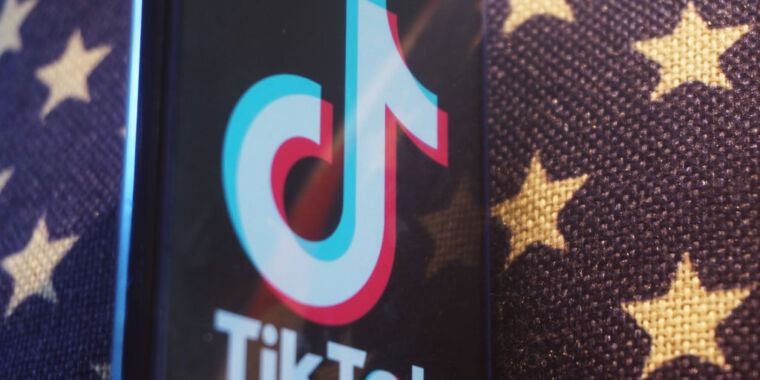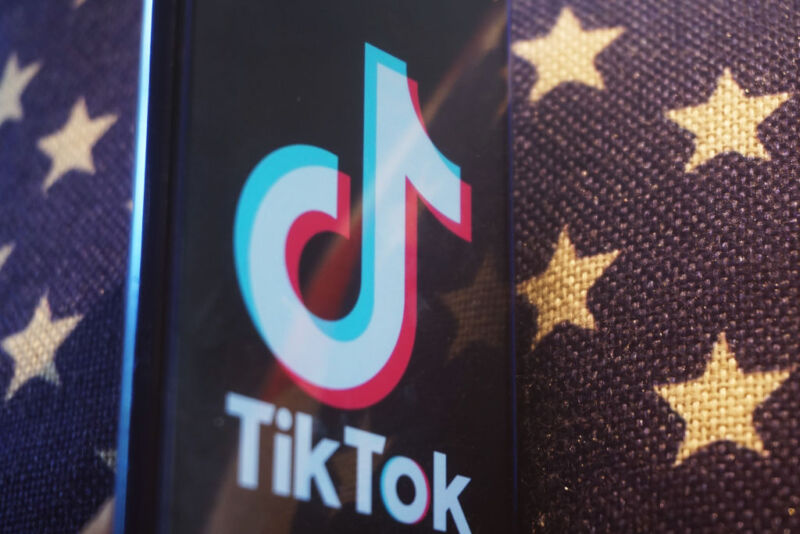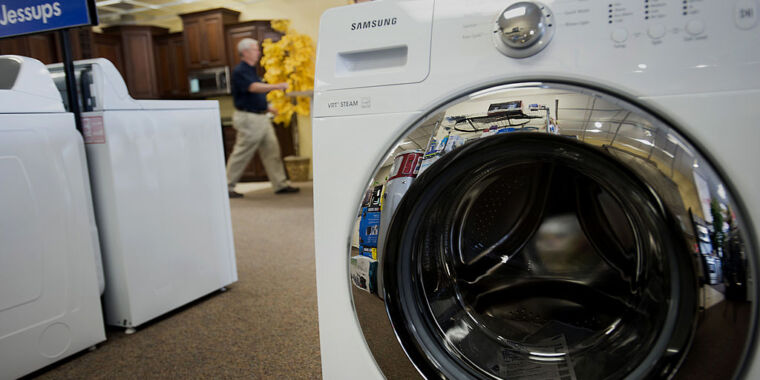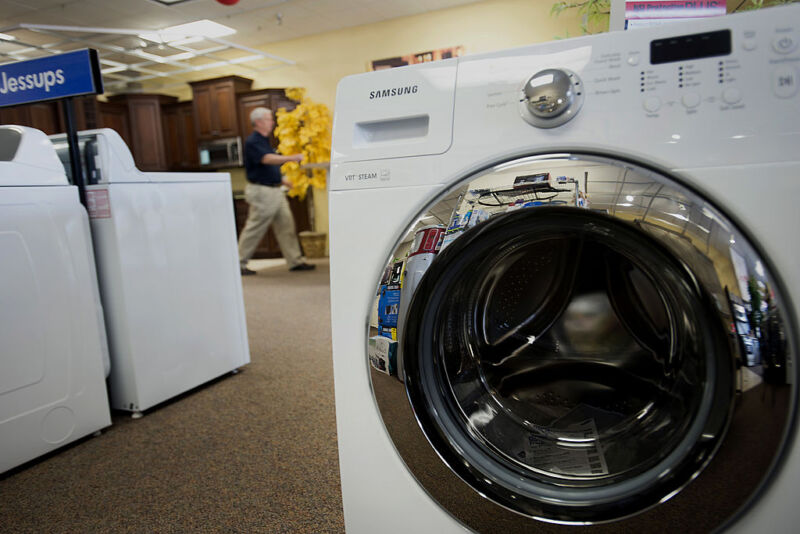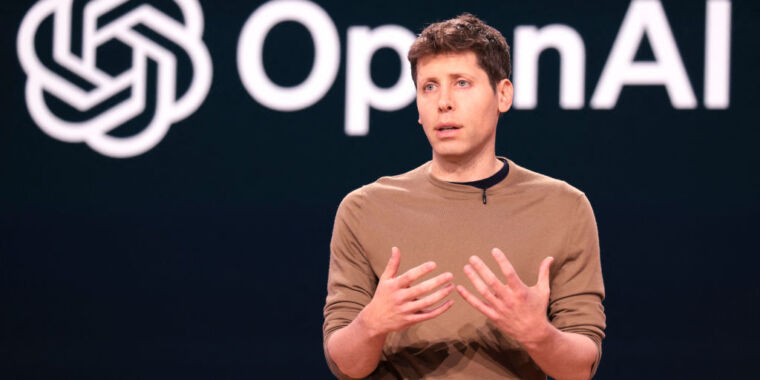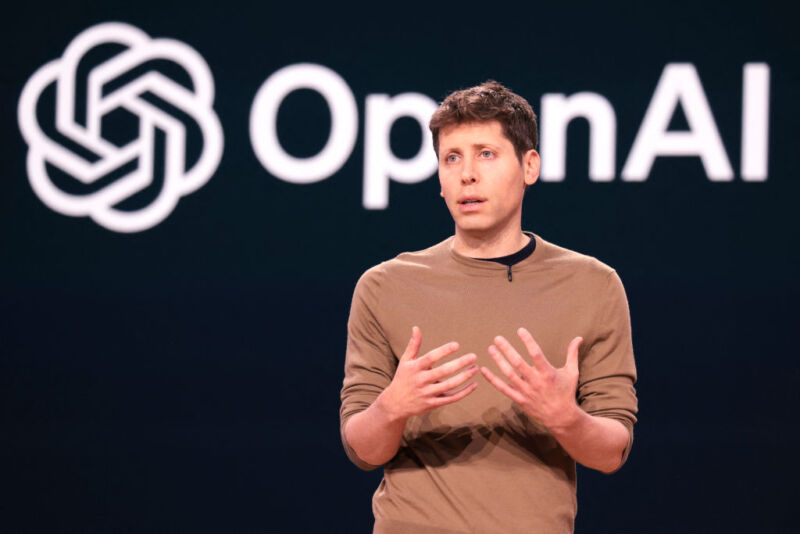GameStop stock influencer Roaring Kitty may lose access to E-Trade, report says
“I like the stock” —
E-Trade fears restricting influencer’s trading may trigger boycott, sources say.

Enlarge / Keith Gill, known on Reddit under the pseudonym DeepFuckingValue and as Roaring Kitty, is seen on a fragment of a YouTube video.
E-Trade is apparently struggling to balance the risks and rewards of allowing Keith Gill to continue trading volatile meme stocks on its platform, The Wall Street Journal reported.
The meme-stock influencer known as “Roaring Kitty” and “DeepF—Value” is considered legendary for instantly skyrocketing the price of stocks, notably GameStop, most recently with a single tweet.
E-Trade is concerned, according to The Journal’s insider sources, that on the one hand, Gill’s social media posts are potentially illegally manipulating the market—and possibly putting others’ investments at risk. But on the other, the platform worries that restricting Gill’s trading could incite a boycott fueled by his “meme army” closing their accounts “in solidarity.” That could also sharply impact trading on the platform, sources said.
It’s unclear what gamble E-Trade, which is owned by Morgan Stanley, might be willing to make. The platform could decide to take no action at all, the WSJ reported, but through its client agreement has the right to restrict or close Gill’s account “at any time.”
As of late Monday, Gill’s account was still active, the WSJ reported, apparently showing total gains of $85 million over the past three weeks. After Monday’s close, Gill’s GameStop positions “were valued at more than $289 million,” the WSJ reported.
Trading platforms unprepared for Gill’s comeback
In 2021, Gill’s social media activity on Reddit helped drive GameStop stock to historic highs. At that time, Gill encouraged others to invest in the stock—not based on the fundamentals of GameStop business but on his pure love for GameStop. The craze that he helped spark rapidly triggered temporary restrictions on GameStop trading, as well as a congressional hearing, but ultimately there were few consequences for Gill, who disappeared after making at least $30 million, the WSJ reported.
All remained quiet until a few weeks ago when Roaring Kitty suddenly came back. On X (formerly Twitter), Gill posted a meme of a man sitting up in his chair, then blitzed his feed with memes and movie clips, seemingly sending a continual stream of coded messages to his millions of followers who eagerly posted about their trades and gains on Reddit.
“Welcome back, legend,” one follower responded.
Once again, Gill’s abrupt surge in online activity immediately kicked off a GameStop stock craze fueling prices to a spike of more than 60 percent. And once again, because of the stock’s extreme volatility, Gill’s social posts prompted questions from both trading platforms and officials who continue to fret over whether Gill’s online influencing should be considered market manipulation.
For Gill’s biggest fans, the goal is probably to profit as much as possible before the hammer potentially comes down again and trading gets restricted. That started happening late on Sunday night, when it became harder or impossible to purchase GameStop shares on Robinhood, prompting some traders to complain on X.
The WallStreetBets account shared a warning that Robinhood sent to would-be buyers, which showed that trading was being limited, but not by Robinhood. Instead, the platform that facilitates Robinhood’s overnight trading of the stock, Blue Ocean ATS, set the limit, only accepting “trades 20 percent above or below” that day’s reference price—a move designed for legal or compliance reasons to stop trading once the stock exceeds a certain price.
These limits are set, the Securities and Exchange Commission (SEC) noted in 2021, partly to prevent fraudsters from spreading misleading tips online and profiting at the expense of investors from illegal price manipulation. A common form of this fraud is a pump-and-dump scheme, where fraudsters “make false and misleading statements to create a buying frenzy, and then sell shares at the pumped-up price.”
GameStop stock influencer Roaring Kitty may lose access to E-Trade, report says Read More »





